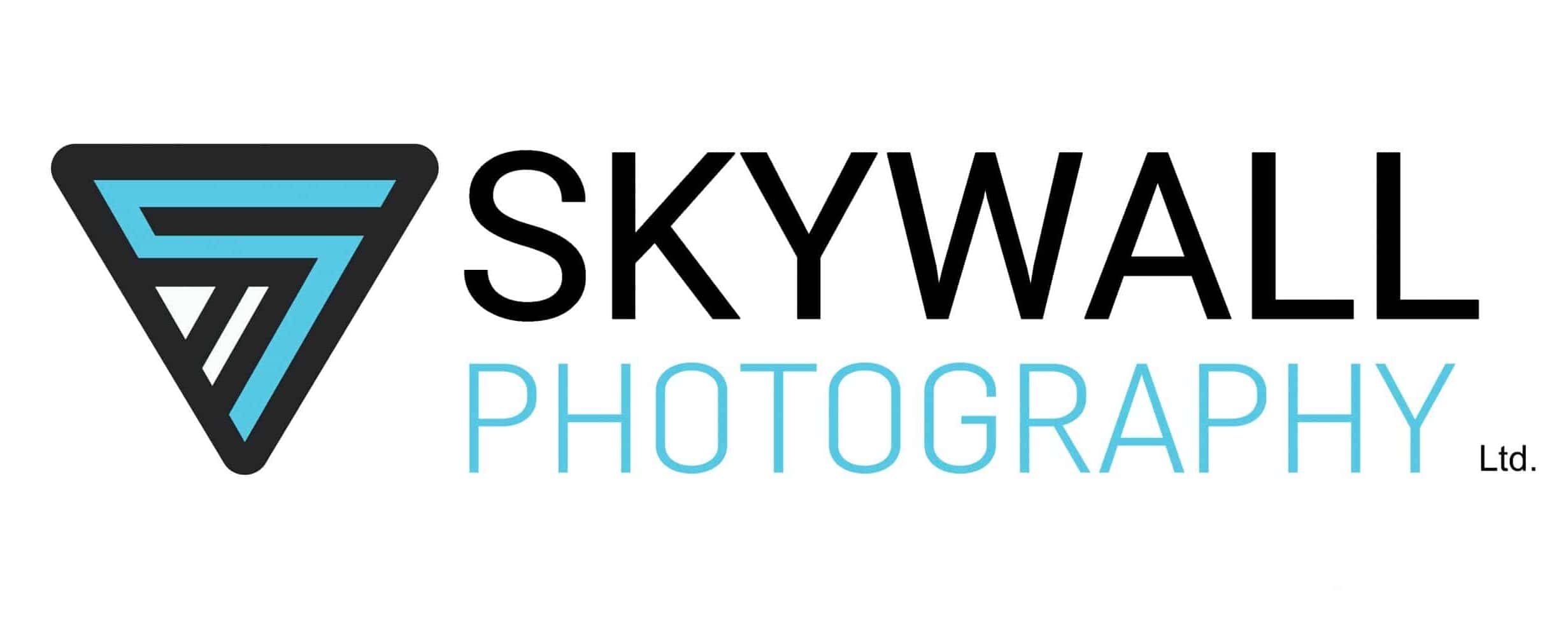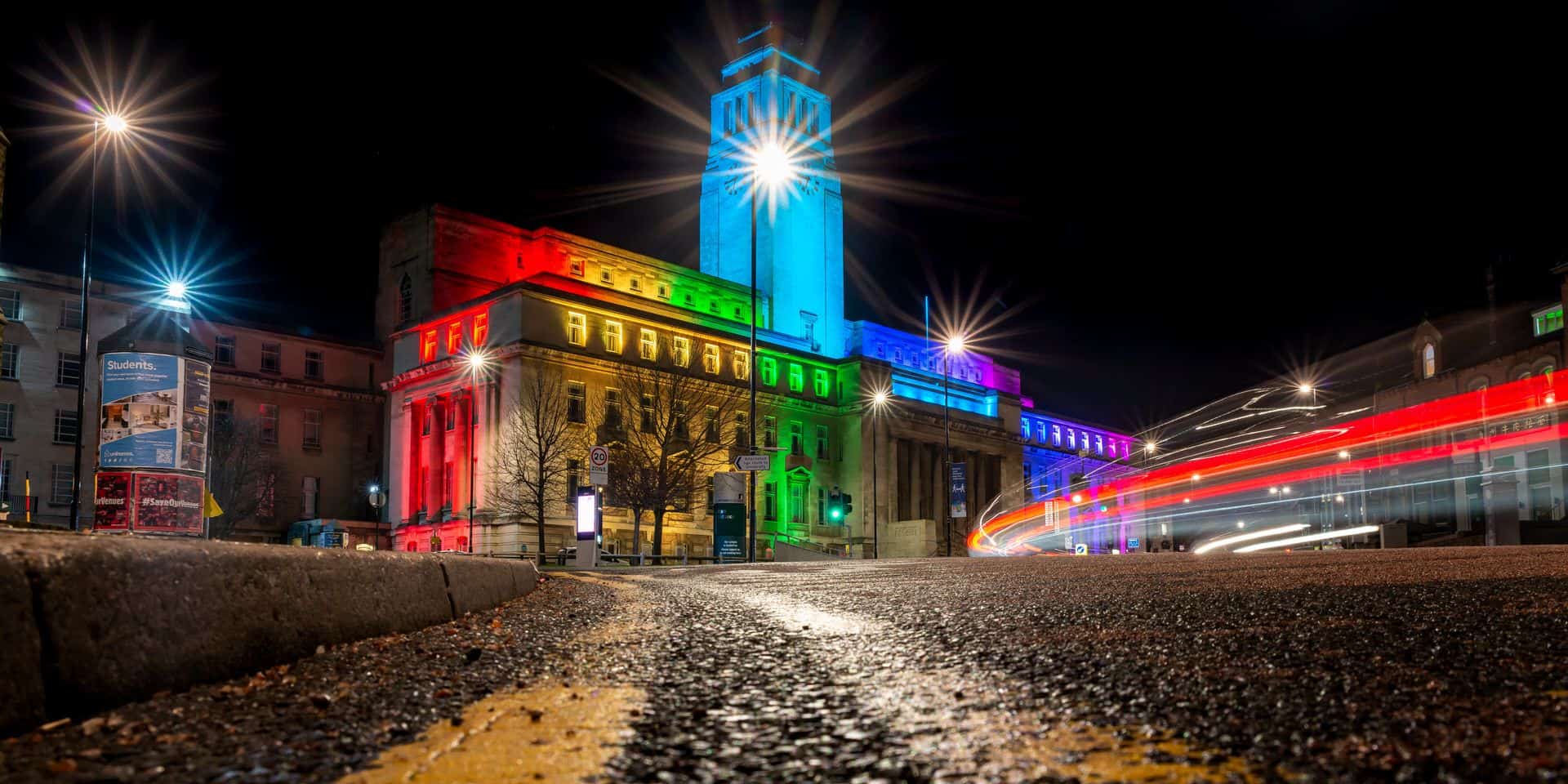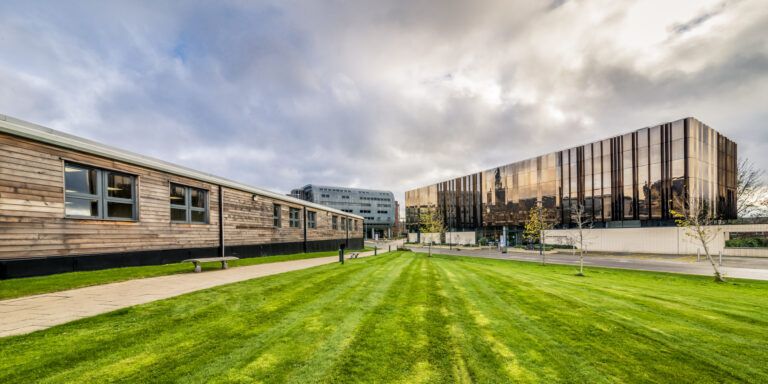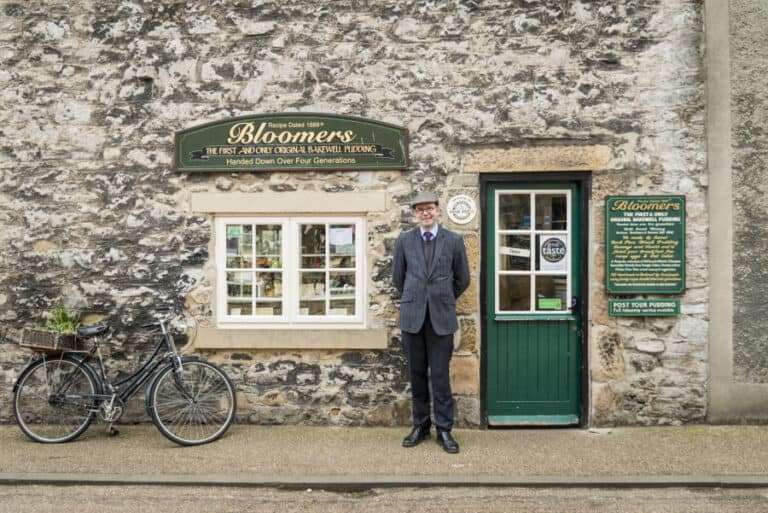What Is a Commercial Photographer?
A commercial photographer is a professional who specialises in capturing images for commercial purposes. They play a crucial role in advertising, marketing, and promotional activities for businesses.
Here are some key points to understand what a commercial photographer does:
- Creates visual content: A commercial photographer creates high-quality images that convey the brand’s message and promote products or services.
- Works with clients: They collaborate with clients to understand their vision and requirements for the images.
- Conceptualizes and plans shoots: A commercial photographer develops concepts, prepares shot lists, selects locations, and organizes props and models for the shoot.
- Operates professional equipment: They use professional cameras, lenses, lighting equipment, and editing software to capture and enhance images.
- Ensures visual consistency: A commercial photographer maintains visual consistency across all images to reinforce the brand’s identity.
- Delivers final products: They edit and retouch images to meet client specifications and deliver the final images in the desired format.
- Possesses technical expertise: A commercial photographer has a deep understanding of lighting techniques, composition, and camera settings to capture captivating images.
- Stays up to date: They continuously keep up with industry trends, techniques, and equipment to produce cutting-edge visuals.
- Adapts to different genres: Commercial photographers may specialize in specific genres such as product photography, food photography, or fashion photography.
- Meets deadlines: They work efficiently and effectively to meet tight deadlines and deliver the required images on time.
A commercial photographer is a skilled professional who creates visually appealing images for commercial purposes, working closely with clients and employing their technical expertise to deliver outstanding results.
What Does a Commercial Photographer Do?
Join me as we dive into the fascinating world of commercial photography and explore what a commercial photographer actually does. From capturing alluring product photographs that entice us to make a purchase, to crafting compelling advertising campaigns that leave a lasting impact. And of course, we can’t overlook their talent for creating professional corporate headshots that enhance a company’s image. Get ready to discover the artistry behind these captivating images as we delve into the exciting realm of commercial photography.
Capturing Product Photographs
When capturing product photographs as a commercial photographer, it is crucial to follow a specific process to ensure high-quality and appealing images.
- Research: Understand the product and its target audience. Research similar products in the market to identify unique selling points.
- Conceptualise: Develop a visual concept or theme for the product photographs, considering factors such as lighting, composition, and props.
- Prepare the set: Set up the appropriate lighting equipment and arrange any necessary props to create an attractive and well-lit environment for the product.
- Select the right camera and lens: Use a DSLR or mirrorless camera with a suitable lens that can effectively capture the product details.
- Styling: Pay attention to the product’s appearance and make any necessary adjustments, such as cleaning, arranging, or enhancing visual aspects.
- Capture shots from multiple angles: Take a variety of shots from different angles to showcase the product’s features and details.
- Retouching and editing: Use post-processing software to enhance the product photographs by adjusting colours, contrast, brightness, and removing any imperfections.
- Deliver the final images: Provide the completed product photographs to the client in the agreed format and resolution.
In the early days of commercial photography, capturing product photographs required manual film cameras and extensive darkroom work. With advancements in technology, commercial photographers now benefit from the convenience of digital cameras and powerful editing software. These tools have revolutionised the process, allowing for faster production and greater control over the final result.
Shooting Advertising Campaigns
Shooting advertising campaigns is a crucial aspect of a commercial photographer’s job. It involves capturing images that effectively showcase a brand, product, or service to attract consumers. To achieve this, commercial photographers employ various techniques and skills.
They must have a strong understanding of the brand’s message and target audience. This helps them create visuals that align with the brand’s identity and effectively communicate its message. They also need to have excellent creative and conceptual skills to come up with unique and captivating ideas for the campaign.
Technical photography skills are essential in shooting advertising campaigns. Commercial photographers must know how to operate their camera equipment effectively, adjust settings to capture the desired shots, and use different techniques like depth of field to create visually appealing images.
Lighting plays a crucial role in advertising photography. Photographers need to have extensive knowledge of lighting techniques, such as natural lighting, artificial lighting, and studio lighting setups. This allows them to create the desired mood and highlight the key features of the product or brand.
A commercial photographer’s ability to understand composition and framing is vital in shooting advertising campaigns. They must know how to arrange elements within the frame to create visually pleasing and impactful images. This includes considering factors like the rule of thirds, leading lines, and balance.
To excel in shooting advertising campaigns, commercial photographers need excellent communication skills. They must effectively communicate their ideas to clients and collaborate with art directors, stylists, and other team members to bring the vision to life.
Pro-tip: When shooting advertising campaigns, experiment with different angles, perspectives, and lighting setups to create dynamic and engaging visuals.
Creating Corporate Headshots
Creating corporate headshots as a commercial photographer involves several steps:
- Prepare the studio or location for the shoot, ensuring suitable lighting and backdrop options.
- Communicate with the client to understand their goals and requirements for the headshots, including the desired tone and style.
- Ensure the subject is comfortable and at ease during the shoot, as this will reflect in their expression and body language.
- Direct the subject to pose in a way that represents their professional image, making adjustments to angles, posture, and hand positioning.
- Pay careful attention to lighting techniques, using techniques such as Rembrandt lighting or loop lighting to enhance the subject’s features.
- Capture multiple shots to provide a variety of options for the client, ensuring a range of expressions and angles.
- Select the best images from the shoot, considering the client’s preferences and requirements.
- Perform basic retouching and editing to enhance the final images, such as adjusting brightness, contrast, and removing minor blemishes.
- Deliver the finalized headshots to the client in the desired format, ensuring they meet their specifications and are ready for use in corporate materials.
By following these steps, a commercial photographer can create professional and impactful corporate headshots that effectively represent the subject and meet the client’s needs.
Skills and Qualifications of a Commercial Photographer
To be a successful commercial photographer, it is important to possess a range of skills and qualifications that set you apart in the competitive industry. This section will explore the key elements that define a successful commercial photographer. From technical photography skills to expertise in lighting techniques, composition, and framing, we will also emphasize the significance of effective communication skills in capturing and delivering the perfect shot. Prepare to discover the secrets to becoming a highly sought-after commercial photographer!
Technical Photography Skills
- An understanding of camera settings and functions, including aperture, shutter speed, ISO, and white balance.
- Knowledge of different shooting modes, such as manual, aperture priority, and shutter priority.
- The ability to effectively use different lenses for various types of photography, such as wide-angle for landscapes and telephoto for wildlife.
- Familiarity with different types of focusing techniques, including single point, continuous, and manual focus.
- Proficiency in using different metering modes, such as evaluative, spot, and center-weighted.
- The capability to adjust exposure compensation to achieve proper exposure in different lighting conditions.
- An understanding of composition rules, such as the rule of thirds, leading lines, and framing.
- Knowledge of advanced techniques, such as long exposure photography, HDR imaging, and macro photography.
Fact: Mastering technical photography skills is crucial for capturing high-quality images and achieving the desired visual effects.
- An understanding of camera settings and functions, including aperture, shutter speed, ISO, and white balance.
- Knowledge of different shooting modes, such as manual, aperture priority, and shutter priority.
- The ability to effectively use different lenses for various types of photography, such as wide-angle for landscapes and telephoto for wildlife.
- Familiarity with different types of focusing techniques, including single point, continuous, and manual focus.
- Proficiency in using different metering modes, such as evaluative, spot, and center-weighted.
- The capability to adjust exposure compensation to achieve proper exposure in different lighting conditions.
- An understanding of composition rules, such as the rule of thirds, leading lines, and framing.
- Knowledge of advanced techniques, such as long exposure photography, HDR imaging, and macro photography.
Knowledge of Lighting Techniques
Having a knowledge of lighting techniques is crucial for a commercial photographer to create visually appealing and impactful images.
- Understanding different lighting setups: Commercial photographers should be familiar with various lighting setups, such as butterfly lighting, Rembrandt lighting, and split lighting. This knowledge allows them to choose the most suitable lighting technique for a particular shoot.
- Ability to control natural light: Commercial photographers should know how to manipulate natural light to achieve the desired effect. They should be able to position their subject in relation to the light source and understand how different times of day and weather conditions can affect the lighting.
- Using artificial lighting equipment: In addition to natural light, commercial photographers often use artificial lighting equipment, including studio lights, umbrellas, softboxes, and reflectors. They must be proficient in setting up and adjusting these tools to create the desired mood and highlight the subject.
- Creative use of light and shadows: A commercial photographer’s understanding of lighting techniques allows them to play with light and shadows creatively. They can use techniques like backlighting, rim lighting, and side lighting to add depth, dimension, and visual interest to their images.
- Adapting to different environments: Commercial photographers often work in various settings, such as studios, outdoor locations, or client’s premises. Having a strong understanding of lighting techniques enables them to adapt and modify their approach based on the environment and available lighting conditions.
A commercial photographer’s knowledge of lighting techniques is crucial in capturing images that meet the client’s requirements and effectively convey the intended message.
Understanding of Composition and Framing
Understanding composition and framing is a crucial skill for commercial photographers to capture visually appealing and impactful images.
- Composition: Commercial photographers need to have a strong understanding of composition to create visually balanced and engaging photographs. This involves considering elements such as the rule of thirds, leading lines, symmetry, and negative space when framing a shot.
- Framing: Framing refers to how the subject is positioned within the photograph. Commercial photographers must carefully consider the placement of the subject within the frame to create a visually pleasing composition. This can include using natural elements in the environment, such as doorways or windows, to frame the subject and draw attention to it.
- Attention to detail: An understanding of composition and framing also involves paying attention to small details within the frame. This includes ensuring that the background is clutter-free, avoiding distractions that could take away from the main subject, and making sure lines and shapes within the frame are aligned and balanced.
To improve your understanding of composition and framing, it is recommended to study the work of renowned photographers and analyze how they use composition techniques in their images. Experimenting with different compositions and framing techniques in your own photography will help you develop your skills in this area.
Excellent Communication Skills
Excellent communication skills are vital for a commercial photographer to excel in their profession. These skills enable them to effectively communicate with clients, understand their needs, and bring their vision to life.
| Active listening: | A commercial photographer must actively listen to clients to understand their requirements and ensure their vision is accurately captured in the photographs. |
|---|---|
| Clear and concise communication: | Clear communication is essential in conveying ideas, discussing concepts, and directing subjects during photoshoots. It helps ensure everyone is on the same page and working towards the desired outcome. |
| Interpersonal skills: | Building rapport and establishing a good working relationship with clients, models, and other professionals involved in the shoot is crucial. It helps create a comfortable and productive environment. |
| Problem-solving: | Strong communication skills aid in effectively addressing any issues or challenges that may arise during a shoot. Promptly communicating and finding solutions contribute to a smooth workflow. |
| Client collaboration: | Commercial photographers often work closely with clients to understand their brand and objectives. Good communication skills enable photographers to ask the right questions, gather necessary information, and offer suggestions or insights to enhance the creative process. |
Excellent communication skills enable commercial photographers to connect with clients, foster effective collaborations, and deliver exceptional results that meet the clients’ expectations.
To enhance your communication skills as a commercial photographer, consider attending workshops or courses focused on communication and interpersonal skills. You can also practice active listening, hone your ability to convey ideas clearly and concisely, and consistently seek feedback from clients to improve your communication abilities.
How to Become a Commercial Photographer
To become a successful commercial photographer, one must be passionate about photography. This section will explore the steps involved in becoming a commercial photographer, focusing on the heading “How to Become a Commercial Photographer”. The journey begins with learning the fundamentals of photography and gaining practical experience. Additionally, building an impressive portfolio and mastering the art of networking and self-promotion are crucial in this field. Join us on this exciting adventure in the world of commercial photography and pave your way to a thriving career!
Learn Photography Fundamentals
To become a successful commercial photographer, it is essential to learn the fundamentals of photography, specifically focusing on the heading “Learn Photography Fundamentals“. This includes gaining a solid understanding of camera settings, exposure, composition, and lighting techniques. By mastering these basics, photographers can capture compelling and professional images that meet the needs of their clients.
Learning photography fundamentals involves studying the different types of cameras and lenses available, as well as how to use them effectively. It also requires understanding how to manipulate light to create desired effects and enhance the overall quality of the photographs. Composition plays a crucial role in creating visually appealing images, so photographers must learn how to frame and arrange elements within a photograph to create a balanced and engaging composition.
Practical experience is essential for mastering photography fundamentals. Photographers should practice taking photos in various lighting conditions, experiment with different camera settings, and analyze the results. Building a portfolio of their work will showcase their skills and style to potential clients.
Networking and marketing oneself are also vital for success in the industry. Connecting with other photographers, attending industry events, and promoting one’s work through online platforms can help commercial photographers gain exposure and attract clients.
Learning photography fundamentals is a crucial step for any aspiring commercial photographer. By understanding camera settings, composition, lighting techniques, and gaining practical experience, photographers can develop their skills and create stunning images that meet client expectations.
Gain Practical Experience
To gain practical experience as a commercial photographer, there are various methods you can employ:
- Assist experienced photographers: One of the most effective ways to learn is by assisting established commercial photographers. By being on set and observing their techniques, you can gain valuable insights and hands-on experience.
- Internships and apprenticeships: Look for opportunities to intern or apprentice with photography studios or agencies. This will allow you to learn from professionals and acquire real-world experience.
- Volunteer for projects: Offer your services for free or at a reduced rate to build your portfolio and gain experience. This may involve collaborating with local businesses, non-profit organizations, or community events.
- Create personal projects: Develop your own creative projects to experiment with different styles and techniques. This will enable you to gain experience and showcase your unique vision.
- Attend workshops and seminars: Participating in photography workshops and seminars can expand your knowledge, teach you new skills, and help you network with industry professionals.
Gaining practical experience in commercial photography is crucial for refining your skills, building your portfolio, and establishing yourself in the industry. Always seek feedback, continue learning, and stay updated with industry trends.
Build a Portfolio
- Create a diverse collection of images: Include a variety of subjects and styles in your portfolio to demonstrate your range and versatility as a photographer.
- Showcase your best work: Select your strongest images that highlight your technical skills, creativity, and ability to capture compelling visuals.
- Curate your portfolio: Arrange your images in a thoughtful and cohesive manner that tells a story and engages the viewer. Consider the flow and order of the images to create a visually pleasing presentation.
- Include relevant projects: Include photographs that showcase your experience and expertise in commercial photography, such as product shoots, advertising campaigns, or corporate headshots.
- Provide context and descriptions: For each image, provide brief descriptions or captions that explain the concept, client, or purpose of the project. This helps potential clients understand your thought process and professional experience.
- Update your portfolio regularly: Continuously add new work to your portfolio to showcase your growth and stay current with industry trends. Remove any outdated or weaker images to maintain a high-quality presentation.
- Consider digital and physical portfolios: Create an online portfolio or website for easy access and sharing. Prepare a printed portfolio to showcase your work during in-person meetings or interviews.
- Seek feedback: Share your portfolio with trusted colleagues, mentors, or industry professionals to seek constructive criticism and refine your portfolio further.
- Market your portfolio: Promote your portfolio through various channels such as social media, networking events, and collaborations. Utilize online platforms and engage with potential clients to increase visibility and opportunities.
By following these steps and constantly refining your portfolio, you can effectively showcase your skills and attract potential clients as a commercial photographer.
Network and Market Yourself
To effectively network and market yourself as a commercial photographer, follow these steps:
- Utilise social media: Create a strong online presence by showcasing your work on platforms like Instagram and Facebook. Engage with other photographers and potential clients to expand your network.
- Attend industry events: Participate in photography exhibitions, trade shows, and networking events. This will allow you to meet fellow professionals and potential clients face-to-face.
- Create a professional website: Build a visually appealing and user-friendly website to showcase your portfolio, services, and contact information. Optimise it for search engines to enhance your online visibility.
- Collaborate with other professionals: Partner with models, stylists, makeup artists, and other creatives to work on collaborative projects. This not only expands your network but also exposes your work to their respective audiences.
- Offer discounts or promotions: Attract new clients by offering special discounts or promotions for a limited time period. This can help build your client base and generate word-of-mouth referrals.
- Seek client testimonials and reviews: Request satisfied clients to provide testimonials or reviews showcasing their positive experiences with your services. Display these testimonials on your website or social media platforms to build credibility.
- Join photography associations: Become a member of industry associations or organizations that focus on commercial photography. This allows you to connect with like-minded professionals and access exclusive networking opportunities.
- Send out newsletters: Create an email list and regularly send out newsletters featuring your recent work, upcoming projects, and any updates or news related to your photography business. This helps you stay in touch with clients and keeps you top of mind.
By following these steps, you can effectively network and market yourself as a commercial photographer, ultimately attracting more clients and opportunities for your business.
Tools and Equipment Used by Commercial Photographers
Commercial photographers use a variety of tools and equipment to capture impressive images that meet their clients’ requirements. This section will explore the essential gear employed by these photographers, focusing on the heading “Tools and Equipment Used by Commercial Photographers”. This includes versatile DSLR or mirrorless cameras, special lenses that enhance the quality of each shot, as well as the significance of lighting equipment and stable tripods. Join us as we reveal the arsenal behind these breathtaking commercial photographs.
DSLR or Mirrorless Cameras
- Commercial photographers utilise DSLR (Digital Single-Lens Reflex) or Mirrorless cameras to capture high-quality images for their clients.
- These cameras are equipped with a large image sensor, which allows for capturing detailed and sharp images.
- DSLR and Mirrorless cameras have interchangeable lenses, giving photographers the option to choose the right lens for specific shots, such as wide-angle lenses for landscapes or telephoto lenses for capturing distant subjects.
- These cameras offer manual control over settings like aperture, shutter speed and ISO, providing photographers with precise control over the exposure and creative options.
- DSLR and Mirrorless cameras often have fast burst modes, allowing photographers to capture multiple shots in quick succession, which is particularly useful for action or sports photography.
- These cameras have advanced autofocus systems that help photographers achieve sharp focus on their subjects, even in challenging lighting or fast-moving situations.
- DSLR and Mirrorless cameras typically offer high-resolution images, which is crucial for commercial photography where detailed and clear images are required for advertising, printing or online use.
- Many commercial photographers also rely on DSLR and Mirrorless cameras for shooting video content, thanks to their advanced video capabilities and manual controls.
- Both DSLR and Mirrorless cameras have a wide range of accessories available, including external flashes, tripods and remote shutter releases, enhancing the versatility and functionality of the camera.
- DSLR cameras traditionally use an optical viewfinder, while Mirrorless cameras utilise an electronic viewfinder or the rear LCD screen for image preview, giving photographers a real-time view of their composition and exposure.
Lenses
Lenses
| Lens Type | Description |
| Prime Lens | A lens with a fixed focal length, offering a specific field of view. These lenses are renowned for their sharpness and wide aperture capabilities. |
| Zoom Lens | A lens with a variable focal length, allowing photographers to zoom in or out to capture different perspectives. These lenses provide versatility and convenience. |
| Wide-angle Lens | A lens with a focal length shorter than the normal range, typically below 35mm. It captures a wider field of view, making it ideal for landscape or architectural photography. |
| Telephoto Lens | A lens with a longer focal length, typically above 70mm. It enables photographers to shoot distant subjects and bring them closer, making it suitable for sports or wildlife photography. |
| Macro Lens | A lens designed for close-up photography, allowing photographers to capture intricate details of small subjects such as flowers or insects. |
| Fisheye Lens | A lens with an extremely wide-angle of view, producing unique and distorted spherical images. It creates a creative and artistic effect in photographs. |
Pro-tip: When selecting lenses for your commercial photography, consider the specific requirements of your projects. Investing in a versatile zoom lens along with prime lenses of different focal lengths will provide you with the flexibility to capture a wide range of subjects and achieve outstanding image quality.
Lighting Equipment
Lighting Equipment
When it comes to commercial photography, it is crucial to have the right lighting equipment to capture the perfect shot. Here are some essential pieces of lighting equipment that commercial photographers use:
- Strobe lights: These powerful lights provide an adjustable burst of light that is commonly used in studio photography to create a well-lit environment.
- Continuous lights: Unlike strobe lights, continuous lights provide a constant source of illumination. They are ideal for capturing video footage or photographing subjects in motion.
- Softboxes: These light modifiers help to diffuse and soften the light, reducing harsh shadows and creating a more flattering effect. They are commonly used in portrait photography to achieve a softer and more natural lighting setup.
- Umbrellas: Umbrellas are another popular light modifier that can be used to soften and spread the light. They come in various sizes and are versatile tools for achieving different lighting effects.
- Reflectors: Reflectors are used to bounce light back onto the subject, filling in shadows and adding more dimension to the photograph. They can be silver, gold, or white, depending on the desired effect.
- Light stands and booms: These equipment provide support for mounting lights at different angles and heights. They enable photographers to have more control over the lighting setup and composition of the shot.
Having a good understanding of lighting techniques and the right equipment is essential for commercial photographers to create visually stunning and impactful images for their clients.
Tripods and Stabilizers
Tripods and stabilisers are essential tools for commercial photographers. They provide stability and prevent unwanted camera movements, allowing photographers to capture sharp and well-composed images. Stabilisers, such as gimbal systems, are particularly useful when shooting videos as they eliminate camera shake and ensure smooth, steady footage.
There are various types of tripods available, ranging in size and materials. Lightweight carbon fibre options are ideal for easy transportation, while sturdy aluminium options are better suited for larger cameras and equipment. Some tripods also have adjustable legs and centre columns, allowing photographers to shoot at different heights and angles.
Stabilisers often come with counterweights or mechanisms that help balance the camera and reduce fatigue when shooting handheld videos. Commercial photographers choose different types of tripod heads based on their specific needs. For quick adjustments, ball heads are preferred, while pan-tilt heads are used for precise composition.
In challenging environments or uneven terrain, tripods with spiked feet or rubberised grips provide stability and prevent slipping. In dynamic situations or locations where tripods are not allowed, photographers often use monopods as a portable alternative.
The choice of tripod or stabiliser depends on the photographer’s shooting style, subjects, and the type of camera and lenses being used.
Industry Trends in Commercial Photography
The Commercial Photography industry is constantly evolving to meet the demands of the market. Here are some key trends to consider:
1. High demand for authentic content: Clients are increasingly seeking authentic and relatable visuals to connect with their target audience. This trend has led to a rise in lifestyle and documentary-style photography.
2. Emphasis on diversity and inclusivity: There is a growing awareness of the importance of representing diverse communities and cultures in commercial photography. Clients are looking for photographers who can capture and celebrate diversity in their work.
3. Rise of social media and influencer culture: Social media platforms have become powerful marketing tools, and brands are investing heavily in creating visually appealing content for their online presence. Commercial photographers are adapting their styles to cater to the needs of social media marketing.
4. Visual storytelling: Clients are shifting towards storytelling as a way to engage their audience. Commercial photographers are using their skills to create narratives through their images, helping brands convey their messages effectively.
5. Environmental sustainability: Many clients are now looking for photographers who prioritize sustainability in their practices. This includes using eco-friendly materials, reducing waste, and supporting environmentally conscious brands.
6. Incorporation of technology: With advancements in technology, commercial photographers are exploring new techniques such as drone photography, 360-degree imagery, and virtual reality to enhance their creative processes and deliver innovative visual content.
7. Increased focus on video content: Alongside traditional photography, commercial photographers are now offering video production services to meet the growing demand for video content in advertising and marketing campaigns.
As the industry continues to evolve, commercial photographers must adapt to these trends to stay relevant and meet the needs of their clients.
Some Facts About What Is A Commercial Photographer?:
- ✅ Commercial photography involves taking pictures for business or publication purposes.
- ✅ It is used to sell products or services by promoting them through high-quality images.
- ✅ There are various types of commercial photography such as fashion, portrait, product, food, architecture, and headshots photography.
- ✅ Lifestyle photography, which integrates the product or service into the subject’s lifestyle, has gained popularity in advertising.
- ✅ Building a strong portfolio and working as a photo assistant are recommended to break into the commercial photography industry.







